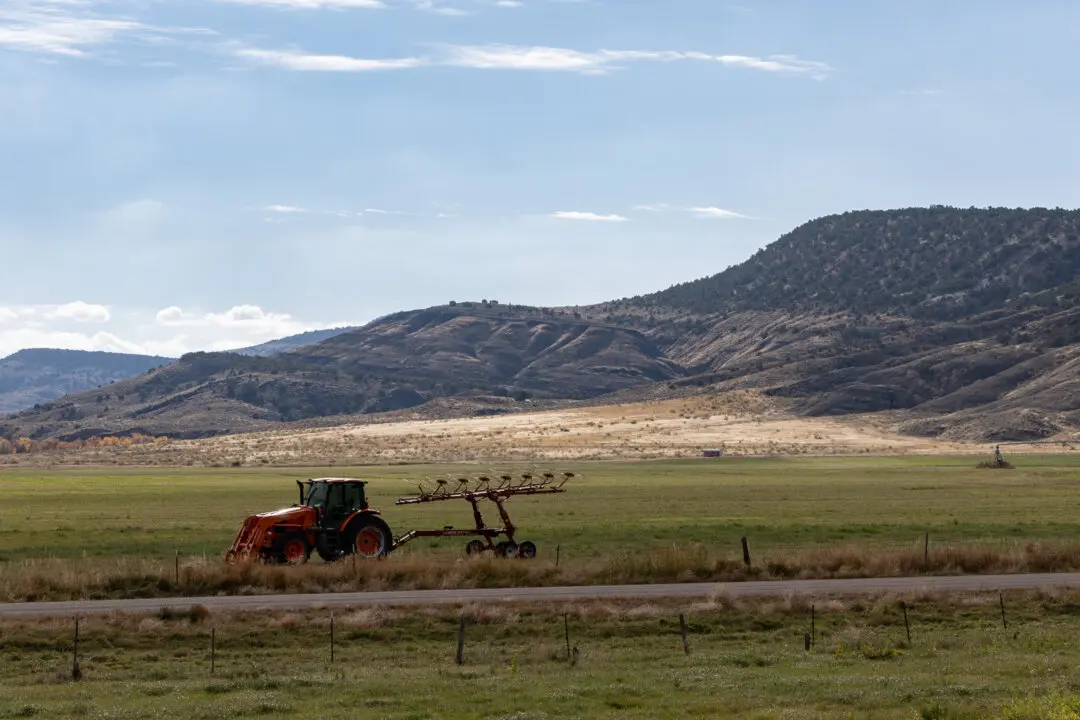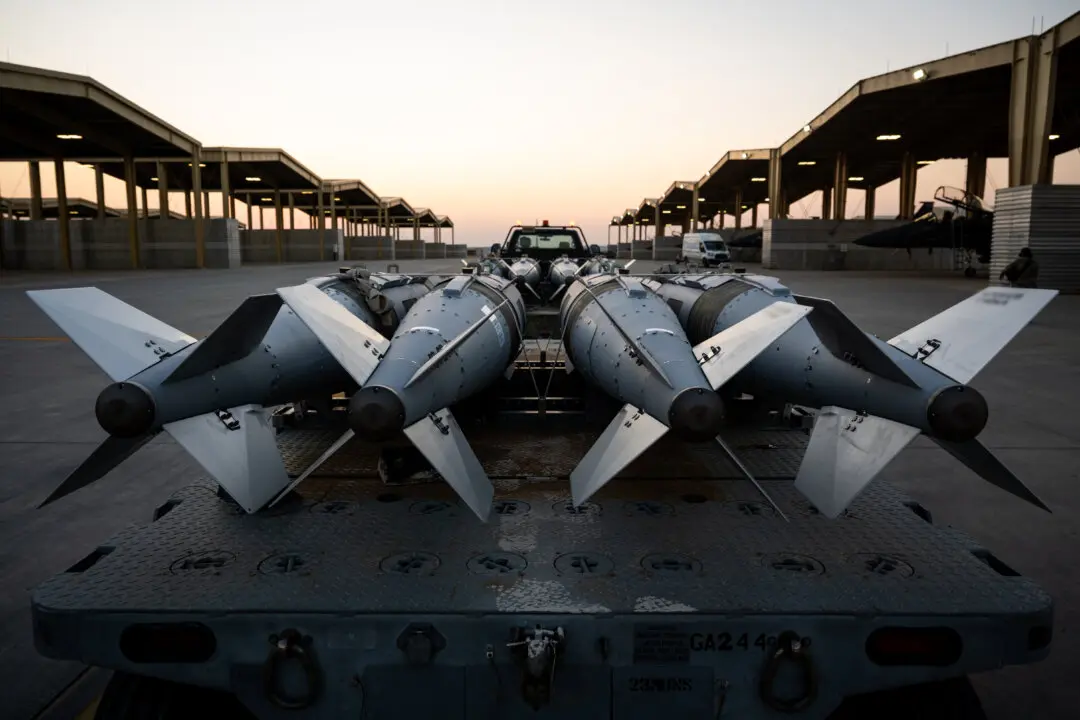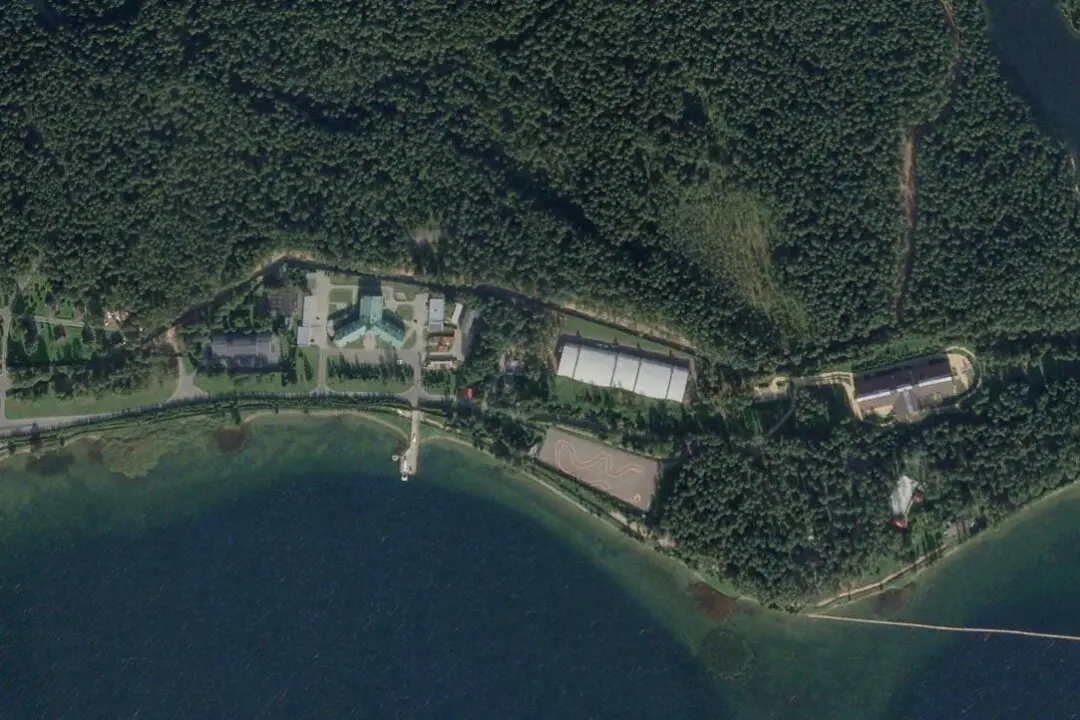NASA and Boeing are pushing forward with the first astronaut launch of the company’s new Starliner space capsule on June 1, despite an unresolved helium leak that was found after the original May 6 launch was scrubbed due to a different mechanical issue.
NASA and Boeing announced they would proceed with the launch at a press conference on May 31, telling reporters that “We’re really ready to go fly” and contingency plans are in place if the helium leak becomes an issue mid-flight. Boeing delayed the launch for weeks while addressing several safety concerns, including a troublesome oxygen pressure-relief valve, before sending the two-person crew to the International Space Station.





